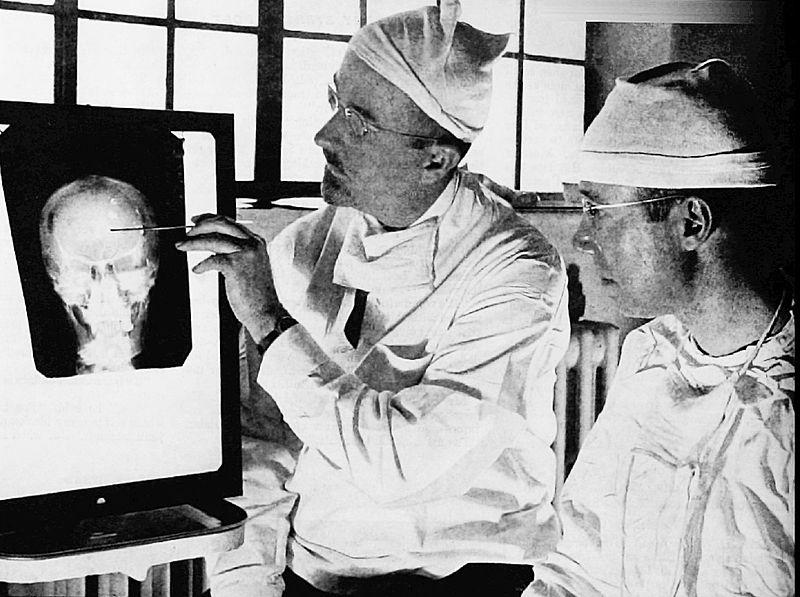How do you teach a wild bird to eat from your hand? by A. Byrd X-pert
Around my parts, we practice a form of conditioning; acclimating the birds to our presence and our hand in a gradual process.
Place a feeder near a window of the house and keep it filled,
Over the course of a couple weeks, place the feeder closer and closer to the house.
Place the feeder right next to the window (one that can be opened)
After several days, stick the sleeve of a large shirt under the window sash and close the window on it.
After several days, put a work glove on top of the sleeve cuff and put bird feed in the palm of the glove.
After several more days, you can open the window a bit, stick your arm into the sleeve and your hand into the glove. If you don’t move around much, if you hold bird feed in your gloved palm and keep it where the glove has been for several days, the bravest birds (tufted titmice and chickadees around here) will land on the glove and take the food.
After a time, you could put a chair under the window, put on the familiar shirt, and extend your hand out with feed in it. It may take some time, but the brave birds will often come to your hand and take the food. Once you get to this point, you can sit in the chair with just about any clothing and the braver birds will make the effort to take the best food from your hand.
In NO case should you attempt to otherwise touch or pet the bird(s). Let them decide how close they are willing to get. Let them decide how long to stay. Let them control the interaction. They will never be pets, but they may become long-time friends….as long as you keep feeding them regularly.
Place a feeder near a window of the house and keep it filled,
Over the course of a couple weeks, place the feeder closer and closer to the house.
Place the feeder right next to the window (one that can be opened)
After several days, stick the sleeve of a large shirt under the window sash and close the window on it.
Put bird feed on the sleeve where it is flat on the windowsill. Keep seed there for several days.
After several days, put a work glove on top of the sleeve cuff and put bird feed in the palm of the glove.
After several more days, you can open the window a bit, stick your arm into the sleeve and your hand into the glove. If you don’t move around much, if you hold bird feed in your gloved palm and keep it where the glove has been for several days, the bravest birds (tufted titmice and chickadees around here) will land on the glove and take the food.
After a time, you could put a chair under the window, put on the familiar shirt, and extend your hand out with feed in it. It may take some time, but the brave birds will often come to your hand and take the food. Once you get to this point, you can sit in the chair with just about any clothing and the braver birds will make the effort to take the best food from your hand.
In NO case should you attempt to otherwise touch or pet the bird(s). Let them decide how close they are willing to get. Let them decide how long to stay. Let them control the interaction. They will never be pets, but they may become long-time friends….as long as you keep feeding them regularly.
The next day I wasn't quite so lucky, as birds kept flying towards my hand, then veering away. But today two chickadees decided not just to fly down, but to light for a couple of seconds while picking out a favorite seed.
The whole glove thing, I don't know, it's like a puppet show or something! I think a glove attached to a flat, empty sleeve would freak them out more than a normal human hand.
Back in my day, a thousand years ago, we used to call this method "federalizing the simple". I don't know where that expression came from, but it means taking something completely natural and simple and splitting it into a million difficult parts.
I don't know how far I'll get with feeding wild birds by hand. I'd like those jays to come down, and so far they're skittish. It seems unlikely, but still more plausible than feeding them with a goddamn seed-dispensing hand puppet.





















































